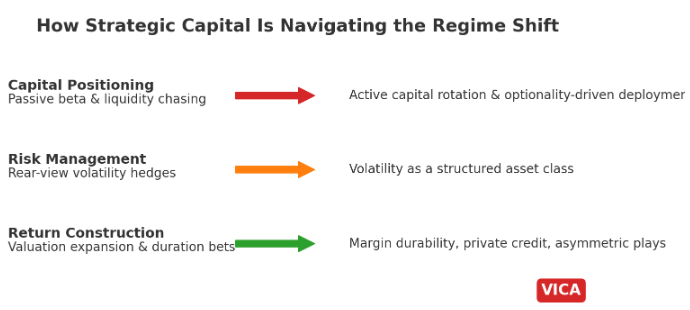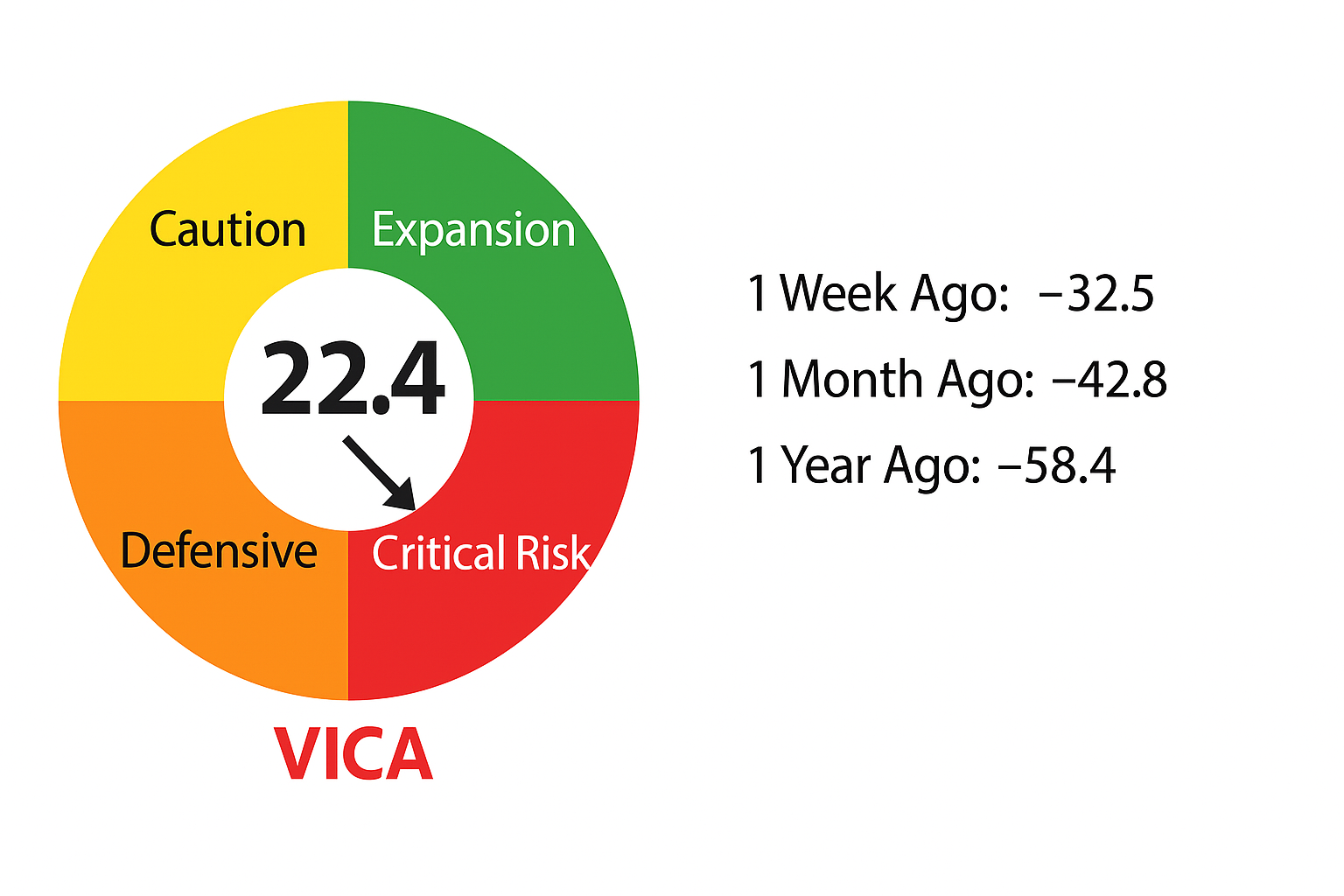Stay Informed and Stay Ahead: Market Watch, July 23, 2024
Investment Strategies
Market Engagement and Profitability in Short Selling
The percentage of the market engaged in short selling and the profitability of short sellers on a year-over-year (YoY) basis can vary significantly based on market conditions, regulatory changes, and economic cycles. Here are some general insights:
Percentage of Market Shorting
- Market Share: On average, short interest (the total number of shares sold short as a percentage of the total shares outstanding) for most stocks in the U.S. market tends to range from 1% to 5%. This can be higher for certain sectors or specific stocks, particularly those with high volatility or perceived overvaluation.
- Short Interest in Major Indices: For major indices like the S&P 500 or NASDAQ-100, the aggregate short interest typically ranges from 2% to 3%. This indicates a relatively small portion of the market is engaged in short selling at any given time.
Profitability of Short Sellers
- General Trends: The profitability of short sellers can vary widely depending on market conditions. Short sellers tend to be more profitable during market downturns or periods of high volatility. In bullish markets, short selling is generally less profitable.
- Year-over-Year Profitability: Studies and historical data suggest that, on average, short sellers are profitable about 40% to 45% of the time on a YoY basis. This profitability is often influenced by major market corrections or economic downturns.
- Hedge Funds and Professional Short Sellers: Professional short sellers, such as those operating within hedge funds, tend to have more sophisticated strategies and risk management practices, potentially leading to higher profitability compared to retail investors. However, their success rates still vary and can be cyclical.
- Market Environment Impact: In years where the market experiences significant declines (e.g., 2008 during the financial crisis or 2020 during the initial COVID-19 pandemic), short sellers tend to achieve higher profitability. Conversely, during strong bull markets, short sellers often face challenges in maintaining profitability.
Factors Influencing Short Selling Profitability
- Market Volatility: Higher volatility often leads to increased opportunities for short sellers to profit.
- Sector Performance: Certain sectors, such as technology or biotech, may offer more opportunities for short selling due to their inherent volatility and speculative nature.
- Economic Conditions: Recessions or economic downturns typically result in higher profitability for short sellers.
- Regulatory Changes: Changes in regulations affecting short selling can impact the overall market dynamics and profitability for short sellers.
Popular ETFs Used for Shorting
Shorting ETFs is a common strategy for investors looking to profit from market declines or hedge their portfolios against potential downturns. These ETFs are designed to provide inverse returns to their underlying indices, and some are leveraged to amplify those returns. Here are some of the most popular ETFs used for shorting:
ProShares UltraPro Short QQQ (SQQQ)
- Objective: Seeks to provide three times the inverse daily performance of the NASDAQ-100 Index.
- Characteristics:
- Leverage: 3x inverse.
- Underlying Index: NASDAQ-100.
- Use Case: SQQQ is popular among traders looking to capitalize on short-term declines in technology and growth stocks. It is frequently used for day trading and hedging against NASDAQ-100 exposure.
- Volume and Liquidity: Known for its high trading volume and liquidity, making it a preferred choice for active traders.
ProShares Short S&P 500 (SH)
- Objective: Seeks to provide the inverse daily performance of the S&P 500 Index.
- Characteristics:
- Leverage: 1x inverse.
- Underlying Index: S&P 500.
- Use Case: SH is used by investors looking to hedge their portfolios against potential declines in the broader market. It offers a straightforward way to short the S&P 500 without the complexity of leverage.
ProShares UltraShort S&P 500 (SDS)
- Objective: Seeks to provide two times the inverse daily performance of the S&P 500 Index.
- Characteristics:
- Leverage: 2x inverse.
- Underlying Index: S&P 500.
- Use Case: SDS is suitable for investors who expect a short-term decline in the S&P 500 and want amplified returns. It is often used for tactical trades and short-term hedging.
ProShares UltraPro Short S&P 500 (SPXU)
- Objective: Seeks to provide three times the inverse daily performance of the S&P 500 Index.
- Characteristics:
- Leverage: 3x inverse.
- Underlying Index: S&P 500.
- Use Case: SPXU is aimed at aggressive traders looking to capitalize on significant short-term market downturns. It offers high leverage, which can lead to substantial gains or losses.
Direxion Daily Financial Bear 3X Shares (FAZ)
- Objective: Seeks to provide three times the inverse daily performance of the Russell 1000 Financial Services Index.
- Characteristics:
- Leverage: 3x inverse.
- Underlying Index: Russell 1000 Financial Services.
- Use Case: FAZ is targeted at traders who anticipate declines in the financial sector. It provides leveraged exposure to the inverse performance of financial stocks, making it useful for sector-specific shorting strategies.
Direxion Daily Small Cap Bear 3X Shares (TZA)
- Objective: Seeks to provide three times the inverse daily performance of the Russell 2000 Index.
- Characteristics:
- Leverage: 3x inverse.
- Underlying Index: Russell 2000.
- Use Case: TZA is designed for traders looking to short the small-cap segment of the market with high leverage. It is often used during periods of market volatility or economic uncertainty when small-cap stocks are expected to underperform.
Considerations for Using Inverse and Leveraged ETFs
- Risk and Volatility: Leveraged and inverse ETFs are riskier than traditional ETFs due to their use of leverage and daily reset mechanisms. They are designed for short-term trading rather than long-term investing.
- Decay Over Time: Leveraged and inverse ETFs can suffer from decay over time due to the daily reset of their leverage. This means their performance can diverge significantly from the underlying index over longer periods.
- Suitability: These ETFs are best suited for experienced traders and investors who understand the risks and have a clear short-term strategy. They are not typically recommended for buy-and-hold investors.
Conclusion
ProShares UltraPro Short QQQ (SQQQ) and other inverse and leveraged ETFs provide tools for traders and investors looking to capitalize on market declines or hedge against downturns. While they offer potential rewards, they also come with heightened risks and complexities, making them suitable primarily for short-term strategies and experienced market participants.



